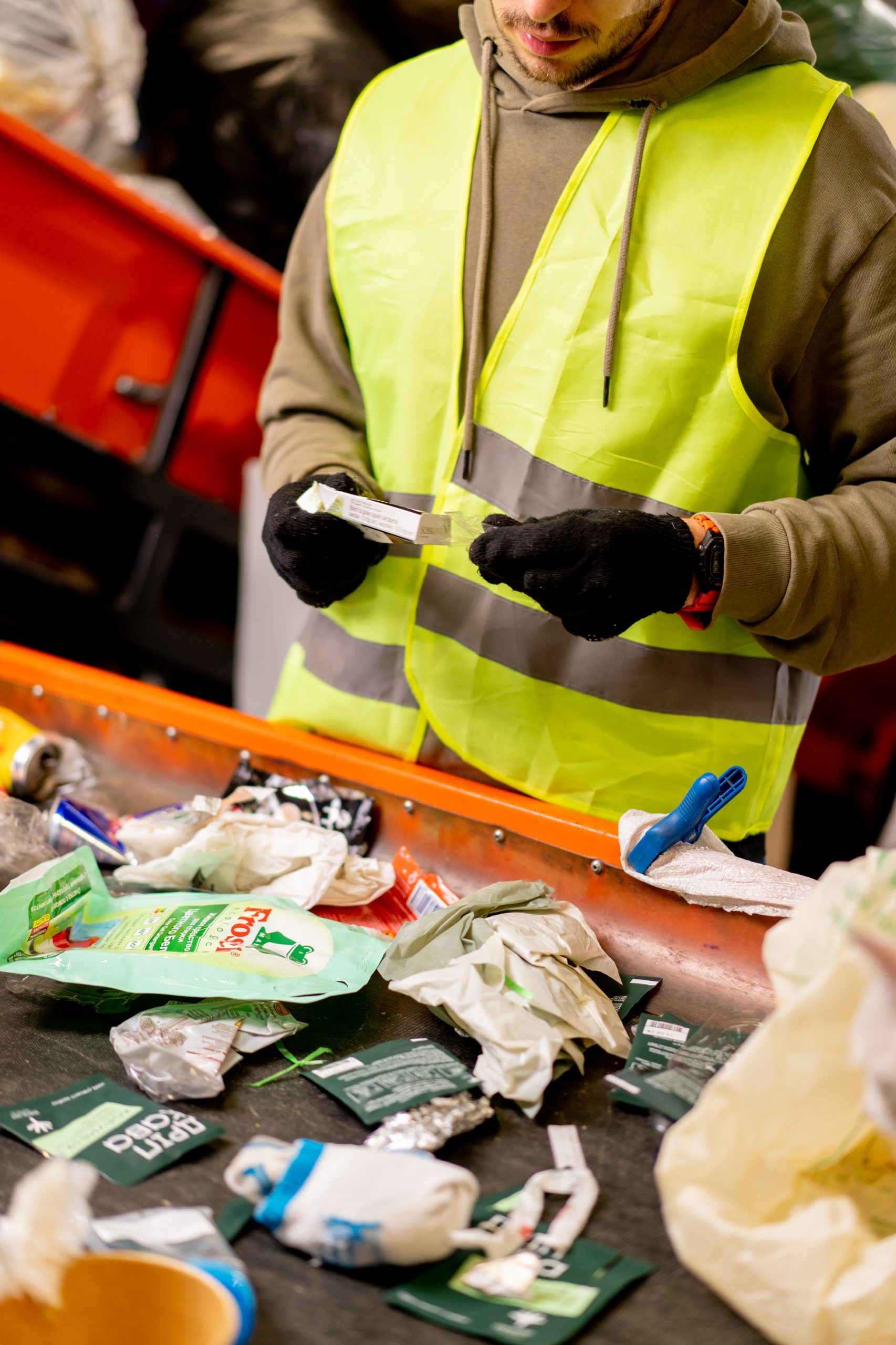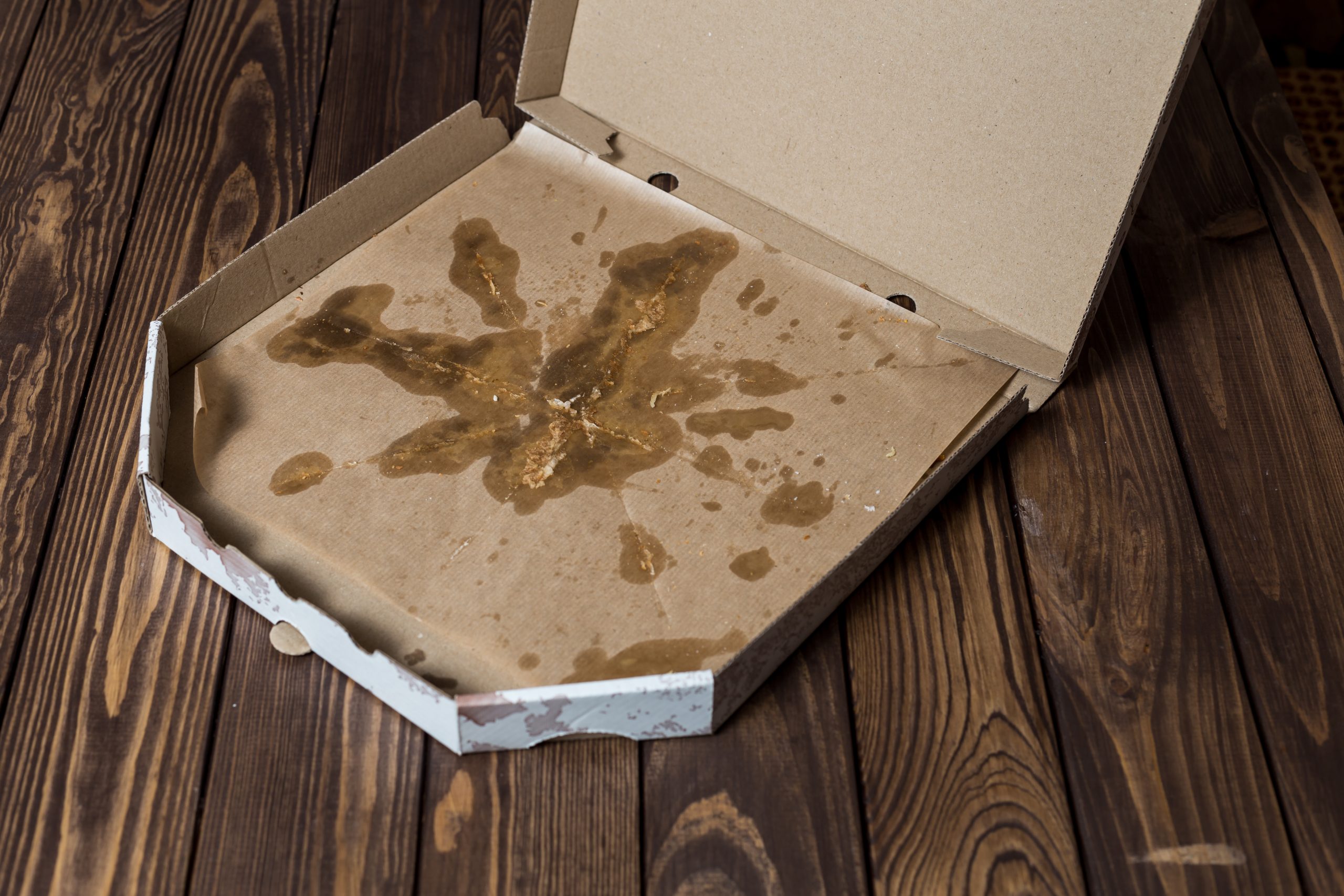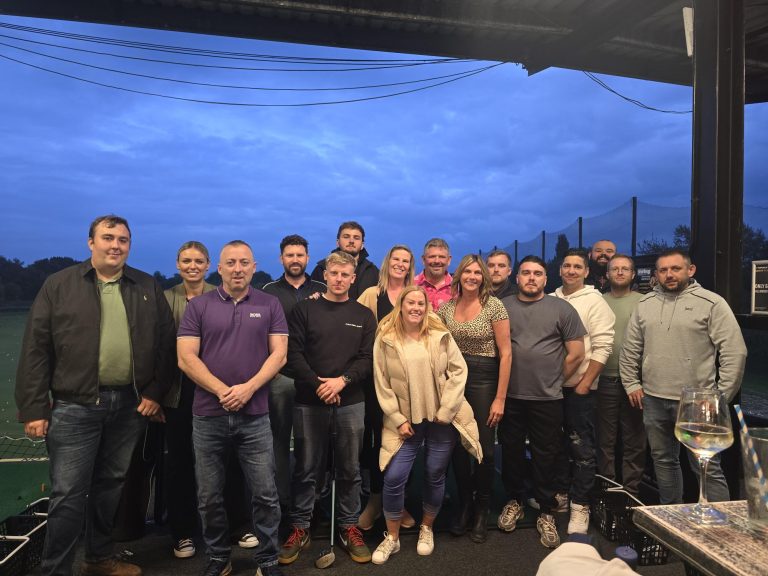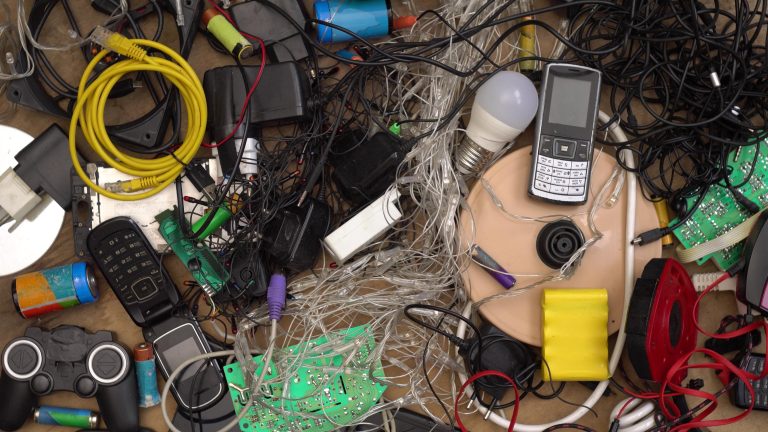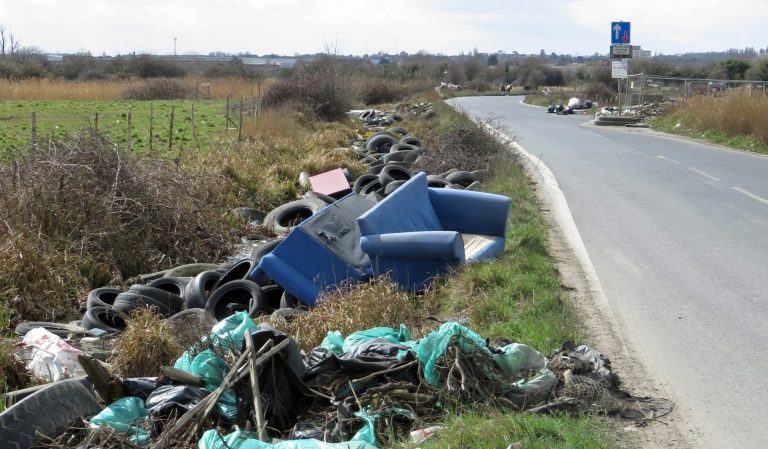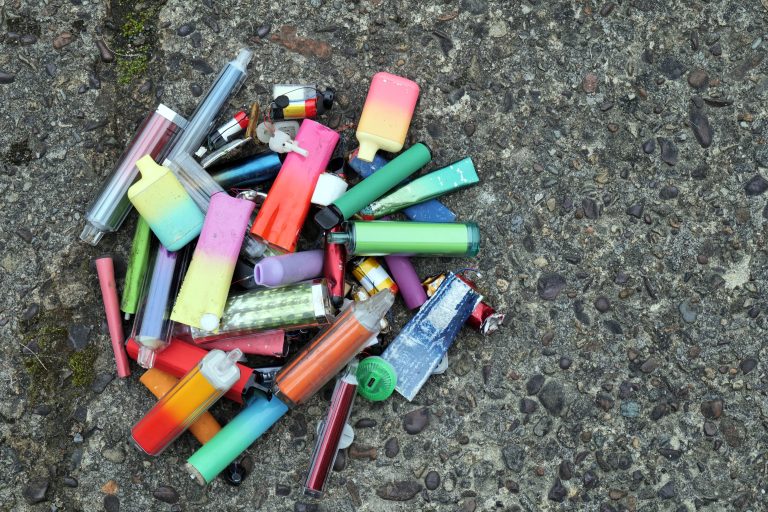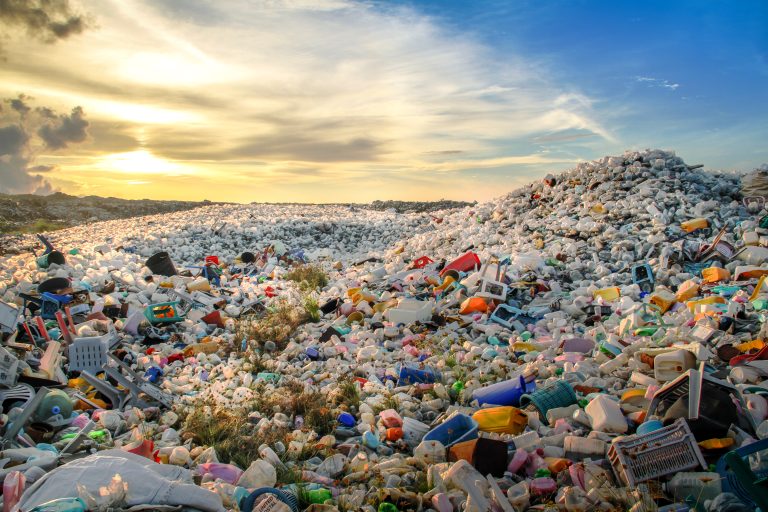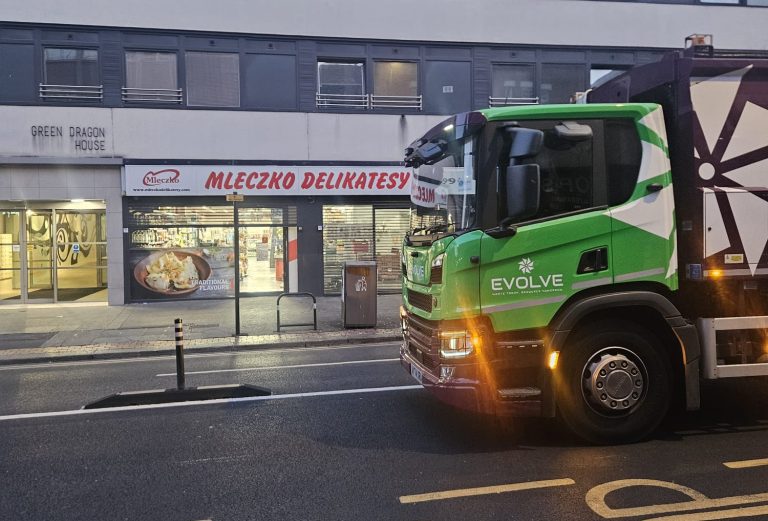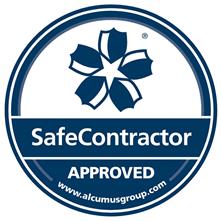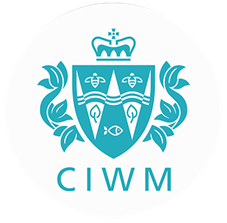Recycling plays a crucial role in reducing waste, conserving natural resources and lowering greenhouse gas emissions. However, contamination in the recycling process remains one of the biggest challenges facing recycling systems worldwide. Contaminated recycling loads are often sent to landfills or incinerators, undermining the effort put into recycling.
What is Contamination in Recycling?
Contamination occurs when non-recyclable materials or incorrectly sorted items are mixed with recyclables. This can include food waste, liquids or materials that can’t be processed at recycling facilities. Contaminants disrupt the recycling process and can cause problems at various stages, from collection to sorting and processing.
For example, food residue on containers or plastic bags thrown into recycling bins meant for rigid plastics can compromise the entire batch. As a result, materials that could have been recycled often end up in landfills, reducing the efficiency of the recycling stream.
Why is Contamination a Problem?
Contamination makes recycling more difficult, expensive and less effective. Here are some reasons why it’s such a big issue:
- Increased Sorting Costs and Delays:
Recycling facilities rely on machines and labour to sort materials into categories like paper, glass, metals and plastics. When contaminants like food scraps or plastic bags are mixed in, it slows down the sorting process, leading to higher operational costs.
- Reduced Quality of Recycled Materials:
Contamination can lower the quality of recycled products. For instance, food residue on paper or cardboard can make those materials unsuitable for reuse. Similarly, non-recyclable materials mixed with plastic can weaken the quality of recycled plastic, making it unusable for new products. - Waste Sent to Landfills:
If a recycling load is too contaminated, it may be sent to a landfill instead of being recycled. This is not only wasteful but also negates the environmental benefits of recycling. - Environmental Harm:
Items like batteries, electronic waste and hazardous materials can leak toxins into the environment when disposed of improperly. If these items mix with recyclables, they can pose risks to both human health and the environment.
Common Contaminants in the Recycling Bin
To avoid contamination, it’s essential to know what to watch out for. Here are some of the most common contaminants:
- Food Residue:
Items with food waste, like pizza boxes or takeaway containers, should be cleaned before recycling. Even small amounts of food can make paper and cardboard non-recyclable.
- Plastic Bags:
Plastic bags can get tangled in sorting machines, causing delays. They should be recycled separately at designated collection points, often found at grocery stores. - Non-Recyclable Items:
Some materials, like broken glass, ceramics or certain plastics (e.g., plastic wrap and foam packaging), can’t be recycled through regular curbside programs. Always check local guidelines to know what’s accepted. - Electronics and Batteries:
Electronics and batteries contain harmful chemicals and need special handling. Look for dedicated recycling services for e-waste and batteries in your area. - Liquid Waste:
Containers with liquid waste should be emptied before recycling. Liquids can contaminate an entire batch, causing issues during sorting and processing.
How Can You Prevent Contamination?
There are several simple ways to reduce contamination and ensure your recycling efforts are effective:
- Clean and Empty Containers:
Always rinse containers to remove food or drink residue. Even small amounts of food or liquid can contaminate other recyclables. - Check Local Guidelines:
Recycling rules vary by location. Familiarise yourself with your local recycling guidelines to know what can and cannot be recycled in your area. - Avoid Using Plastic Bags:
Do not place recyclables in plastic bags. Use your recycling bin directly, or if necessary, use a paper bag for paper items. Recycle plastic bags separately at designated drop-off points. - Properly Dispose of Hazardous Materials:
E-waste, batteries and chemicals need special handling. Look for local e-waste collection events or recycling centres that accept these materials. - Recycle Larger Items Separately:
Large items like furniture, appliances and big cardboard boxes may need special recycling services. Check with your local waste management for specific guidelines.
The Bottom Line: Recycle Right, Recycle Smart
Contamination in recycling can have significant consequences, from increased costs to reduced quality and volume of recyclable materials. By taking simple actions, like cleaning containers, sorting recyclables and staying informed about your local program, you can make your recycling efforts more effective.
Recycling is not just about putting items in the right bin; it’s about making conscious choices to support sustainable waste management. Next time you recycle, check your items for contamination and do your part in keeping the recycling stream clean and efficient. Together, we can make recycling work better for everyone and the planet.

